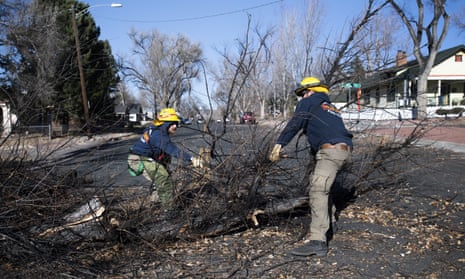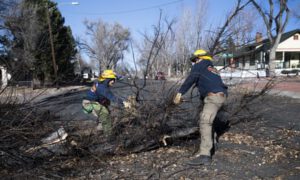
Wind Storms – Derechos, Non-Convective Winds, and Downburst Winds
Wind Storm can be devastating. It can look like a freight train and cause a great deal of damage. While some windstorms are less destructive than others, there are a few conditions that can increase the intensity of the storm. In this article, we will discuss derecho winds, non-convective winds, and downburst winds.
A derecho wind storm is a convective wind storm with a swath of damage greater than 100 km across. Derechos have a history that dates back to the late 1800s. Today, the derecho has become a familiar wind storm that can affect many parts of the world.
Derechos form in hot, humid conditions. This makes them a tougher windstorm to forecast. They typically develop within the mid-troposphere, where there is moderate to low atmospheric instability. This instability results from a combination of moisture and relative warmth, which are measured as “convective available potential energy.” When combined with high vertical wind shear, the conditions for a derecho are ideal for wind storm development.
Derechos can last for hours or days. Their winds are often high enough to cause flash flooding. Derechos typically form under divergent upper tropospheric winds and warm air advection, and they move in a manner similar to an outflow boundary. In some cases, Derechos can reach hurricane-force winds.
Derechos usually form between April and August, with a peak in frequency in May and July. They are most common in the Midwest and the Interior Highlands, although they can occur farther north. Derecho wind storms can also be widespread in the states. The following photos show how severe this storm can be. They can be deadly, so be aware and prepared! The storms can destroy homes and even businesses!
The mid-level clouds that accompany a derecho are often the result of a heat wave or a frontal depression. They may have a narrow, stationary jet associated with them. They can enhance the rear-inflow jet and trigger the bowing process.
Downdraft winds during a wind storm are caused by the downward motion of clouds. These wind currents bring with them a column of water vapor called virga, which evaporates before hitting the ground. As the air is pushed downward, it can heat up and compress, which helps evaporate the water droplets.
The winds in a downdraft are especially damaging to buildings. It is a precursor to a tornado, and it can occur several minutes before a tornado is formed. Downbursts can be as strong as 100 mph. If they are very strong, they can damage entire buildings. They may also look like tornadoes from a distance. However, they are not tornadoes, and they should not be ignored when forecasting wind storms.
When a wind storm develops, the air in the storm is heated enough to become unstable, and it can produce hail. The temperature of the air also causes precipitation, so rain and hail may form on the ground. Once the storm’s updraft is surrounded by downdrafts, the updraft will eventually shut down. The storm will then begin to die.
In a wind storm, downdraft winds spread out in all directions as the rain clouds descend. The spreading air is known as a gust front. The front of this air is also referred to as an outflow boundary. This is the main mechanism that carries cool air from the higher levels of the atmosphere to the lower levels.
Downdraft winds during a wind storm can cause damage throughout a large area. This is due to the downdraft’s ability to drag precipitation to the ground. It can also cause tornadoes.
When it comes to wind storms, a non-convective wind can be just as deadly as a hurricane or a thunderstorm. But unlike a tornado, high wind gusts do not cause damage to the sky and do not carry the threat of death and destruction that a tornado does. However, the research community is still struggling to understand and explain the dangers of these powerful winds.
